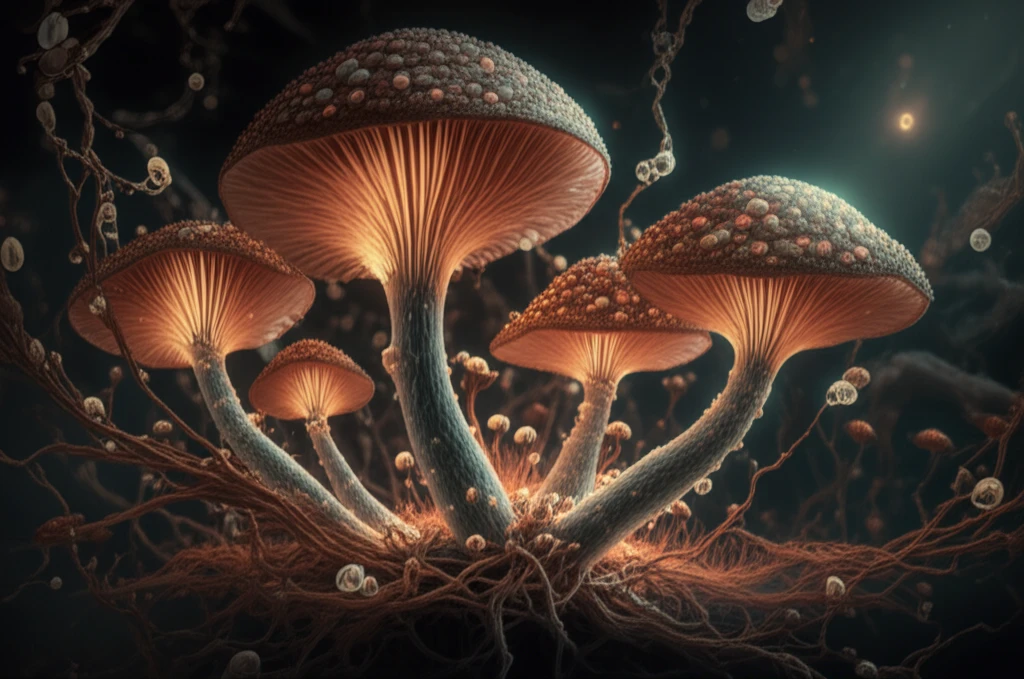
Unlocking Nature's Secrets: How Fungi DNA Could Revolutionize Industries
"Dive into the world of Trichoderma fungi and discover how DNA barcoding is transforming species identification and unlocking their potential for eco-friendly solutions."
Have you ever considered the hidden potential lurking beneath the forest floor, or within a handful of garden soil? Fungi, often overlooked, are emerging as vital players in numerous industries, offering eco-friendly solutions to complex problems. Among these, the Trichoderma genus stands out, prized for its ability to produce enzymes that can break down tough plant materials.
But here's the challenge: identifying Trichoderma species can be tricky. Traditional methods relying on appearance alone often fall short, leading to misidentification and hindering progress. That's where DNA barcoding comes in – a revolutionary tool that's transforming how we understand and utilize these remarkable organisms.
This article delves into a fascinating study where scientists harnessed DNA barcoding to accurately identify Trichoderma species and assess their potential for industrial applications. Get ready to uncover how this innovative approach is paving the way for groundbreaking advancements in various sectors.
Why Accurate Identification Matters: The Power of DNA Barcoding

Imagine trying to bake a cake without knowing the difference between flour and sugar – the results would be disastrous! Similarly, in industries relying on Trichoderma fungi, accurate species identification is paramount. Different species possess unique enzymatic capabilities, making precise identification crucial for optimizing processes and achieving desired outcomes.
- DNA barcoding uses short, standardized DNA sequences to identify species, providing a far more accurate and reliable method than traditional morphology-based approaches.
- The ITS region: Scientists often target the ITS (Internal Transcribed Spacer) region of fungal DNA for barcoding. This region has enough variation to distinguish between closely related species.
- The Process: The process involves extracting DNA from the fungi, amplifying the ITS region using PCR (Polymerase Chain Reaction), sequencing the amplified DNA, and then comparing the sequence to a database of known fungal species.
The Future is Fungi: Harnessing Nature's Power for a Sustainable Tomorrow
The study highlights the transformative potential of DNA barcoding in unlocking the secrets of the fungal world. By accurately identifying and characterizing Trichoderma species, scientists are paving the way for innovative applications in diverse industries, from biofuels to textiles. As we face growing environmental challenges, harnessing the power of these natural enzyme producers could offer sustainable solutions for a brighter future.
